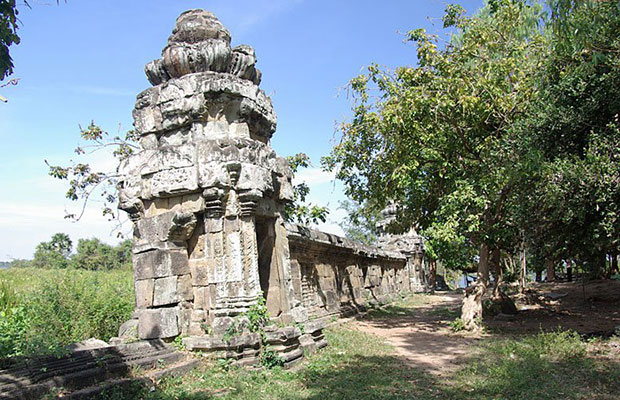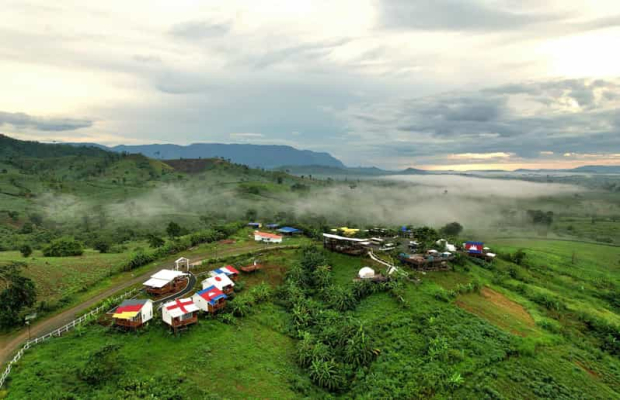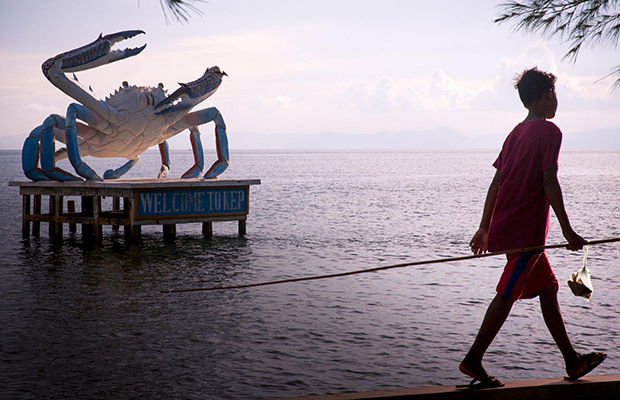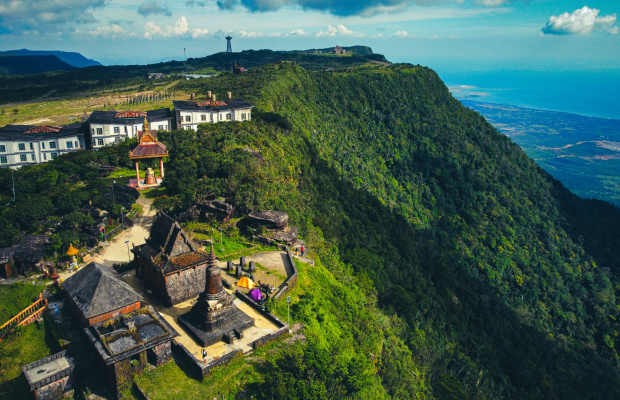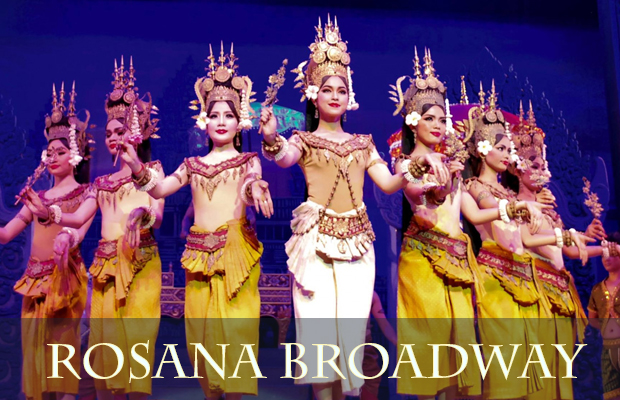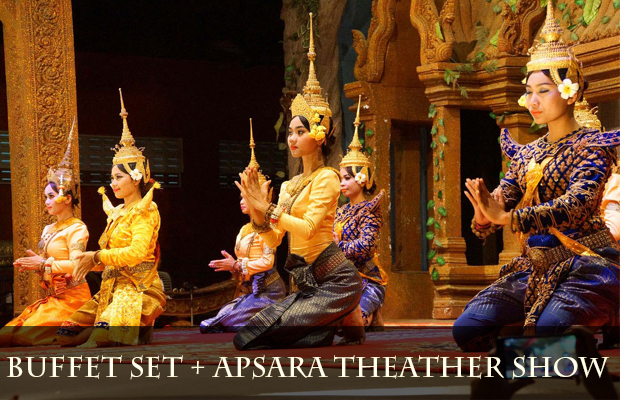Cambodia Temple Guide
West Mebon Temple
The West Mebon is a temple at Angkor, Cambodia, located in the center of the West Baray, the largest reservoir of the Angkor area. The temple's date of construction is not known, but evidence suggests the 11th Century during the reign of King Suryavarman I or Udayadityavarman II.
Ruins of the central island temple of the West Baray. West Mebon is in poor shape, consisting primarily of a single wall displaying some carvings in fair condition. The carvings exhibit some of the first examples of carvings of animals in natural, non-mythological scenes, reminiscent of carving on Baphuon. West Mebon may have originally housed a renowned bronze Buddha statue which is now held at the National Museum in Phnom Penh. The West Baray, though ancient, is filled with water year round and has become a local recreational area. Take route #6 west from town. Turn right about 3 km past the airport turnoff. A short boat ride is necessary to visit the ruins.
Location of East Mebon
In the dry season today, it is reachable by land. In rainy season, the waters of the 7,800-meter-long baray rise and the temple, located on a site higher than the baray's floor, becomes an island.
Symbolism
Khmer architects typically surrounded temples with moats that represent the Hindu sea of creation. The West Mebon, located amid waters so vast that they can seem like a real sea, takes this religious symbolism to the ultimate level.
Architecture
The temple was built to a square design, with sides measuring about 100 meters. Each side had three tower-passages crowned with stone lotus flowers and arrayed about 28 meters apart. In the center of the square was a stone platform linked to the eastern wall by a laterite and sandstone causeway.
Today the platform, causeway and much of the east wall and towers remain; the other sides are largely gone, though their outlines in stone are visible when the baray's waters are low. There is no central sanctuary to be seen, though the platform may have supported some comparatively small structure in times past.
The reclining Vishnu
In 1936, the West Mebon yielded up the largest known bronze sculpture in Khmer art, a fragment of the reclining Hindu god Vishnu. The fragment includes the god's head, upper torso and two right arms.
A local villager is said to have dreamt that an image of the Buddha was buried in the West Mebon and wished to be freed from the soil. Subsequent digging unearthed the statue of Vishnu. The Chinese diplomat Zhou Daguan, who visited Angkor at the end of the 13th Century, wrote that the East Mebon, the temple at the center of the East Baray, another large reservoir in the Angkor area, had a large image of Buddha with water spurting from its navel. Many scholars believe that Zhou mistook the Vishnu statue for a Buddha image and misrecorded its location.
The statue, which in complete form would have measured about six meters long, entered the collection of the National Museum in Phnom Penh. It has also been shown abroad, including in Washington D.C.



